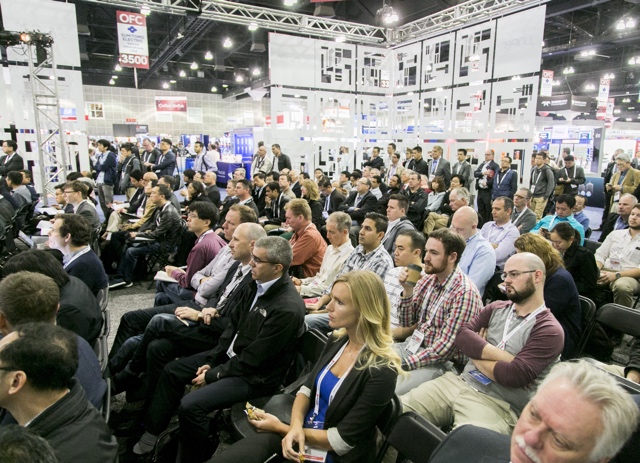Ethernet Alliance on 800G and the next Ethernet rate
 Sunday, May 24, 2020 at 3:33PM
Sunday, May 24, 2020 at 3:33PM It may have taken the industry five years to get 400 Gigabit Ethernet (GbE) modules shipping, but for Mark Nowell, Advisory Board Chair at the Ethernet Alliance, the long gestation period is understandable given the innovation that has been required.
 Mark Nowell
Mark Nowell
The industry has had to cram complex technology into a small form factor for 400GbE while meeting the requirements of two very different end-customers: webscale players and communications service providers.







